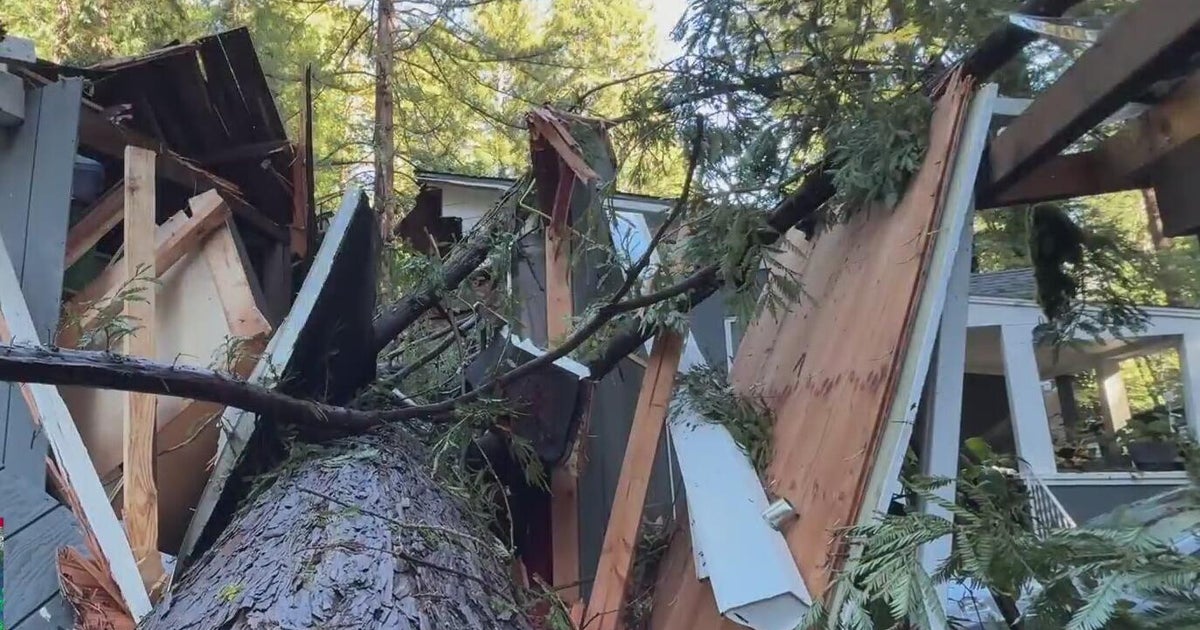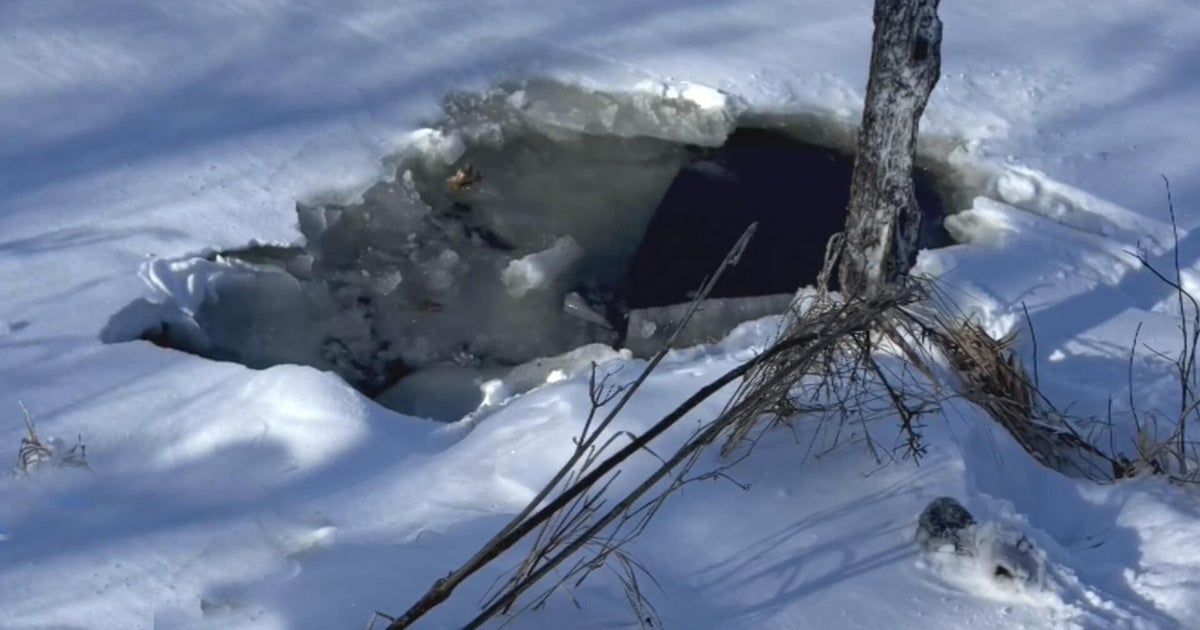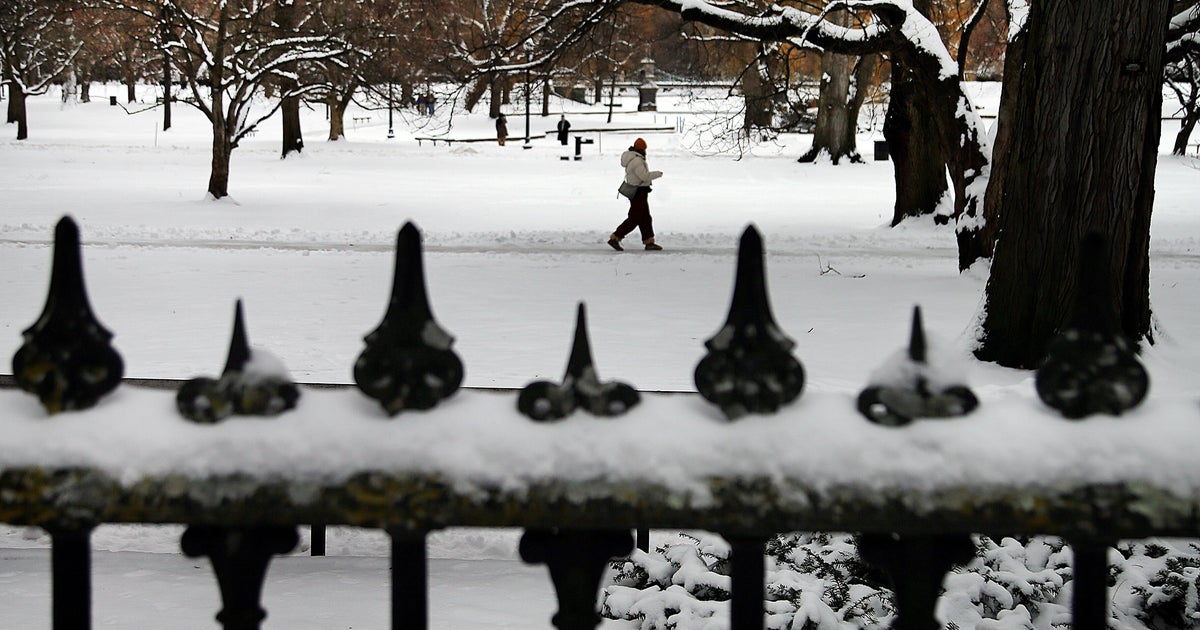3 houses have collapsed into the sea within a week in Rodanthe, North Carolina. Here's why it's happening.
Three houses, all on the same street, have fallen into the sea in Rodanthe, North Carolina, in less than a week. And officials say the threat of more collapses in the Outer Banks is only growing.
The latest collapse happened on Tuesday, with the National Park Service's Cape Hatteras National Seashore saying the privately owned house was unoccupied at the time of collapse. While officials said the owner of the home on Kohler Court hired a debris cleanup contractor, people were urged to stay out of the water in the villages of Rodanthe, Waves and Salvo because of "a large amount of hazardous floating debris being transported by the waves."
"At the north end of Rodanthe and for miles to the south, the Seashore continues to urge visitors to wear hard-soled shoes when walking on the beach to avoid injuries from nail-ridden wooden debris," the Park Service said in a news release.
Tuesday's collapse is the third since Friday. On that day, two other unoccupied homes on Kohler Court fell into the sea. The first house to fall that day had caused damage to the other that fell later that evening and "washed out into the ocean before the bulk of it returned to the beach," officials said.
But these are not the first homes in the area to suddenly be swept up by ocean waves. Two other homes collapsed earlier this year, and five others have collapsed since 2020.
Why are houses falling in Rodanthe, North Carolina?
The oceanfront homes seen along the beaches of the Outer Banks are typically "elevated beach-style homes situated on pilings," the National Park Service says, and many of them are on properties now partially or fully covered with ocean water "on a regular basis." Those same properties used to be filled with land, dunes and dry sand, the service said.
"During severe weather events, which the Outer Banks of North Carolina experiences throughout the year, privately-owned oceanfront houses in vulnerable areas get battered by strong winds and large waves, leading to the collapse of nine houses in recent years," the service said.
Along with the winds and waves, sea level rise has also contributed to the erosion. Parts of the barrier islands along North Carolina have retreated more than 200 feet in the last two years, with the National Park Service reporting that some beaches lose about 13 feet a year.
"It's wonderful to be out here. It's pretty," Jim Hartshorne told CBS News in January 2023 after a viral video showed a house just up the road from his own collapsing into the sea. "But you have to know the ocean's coming for you."
Climate change will make all of the factors contributing to these failing structures worse. As global temperatures rise, largely driven by the burning of fossil fuels, it will cause more glacial melt and raise ocean temperatures, the latter of which helps fuel extreme weather events.






